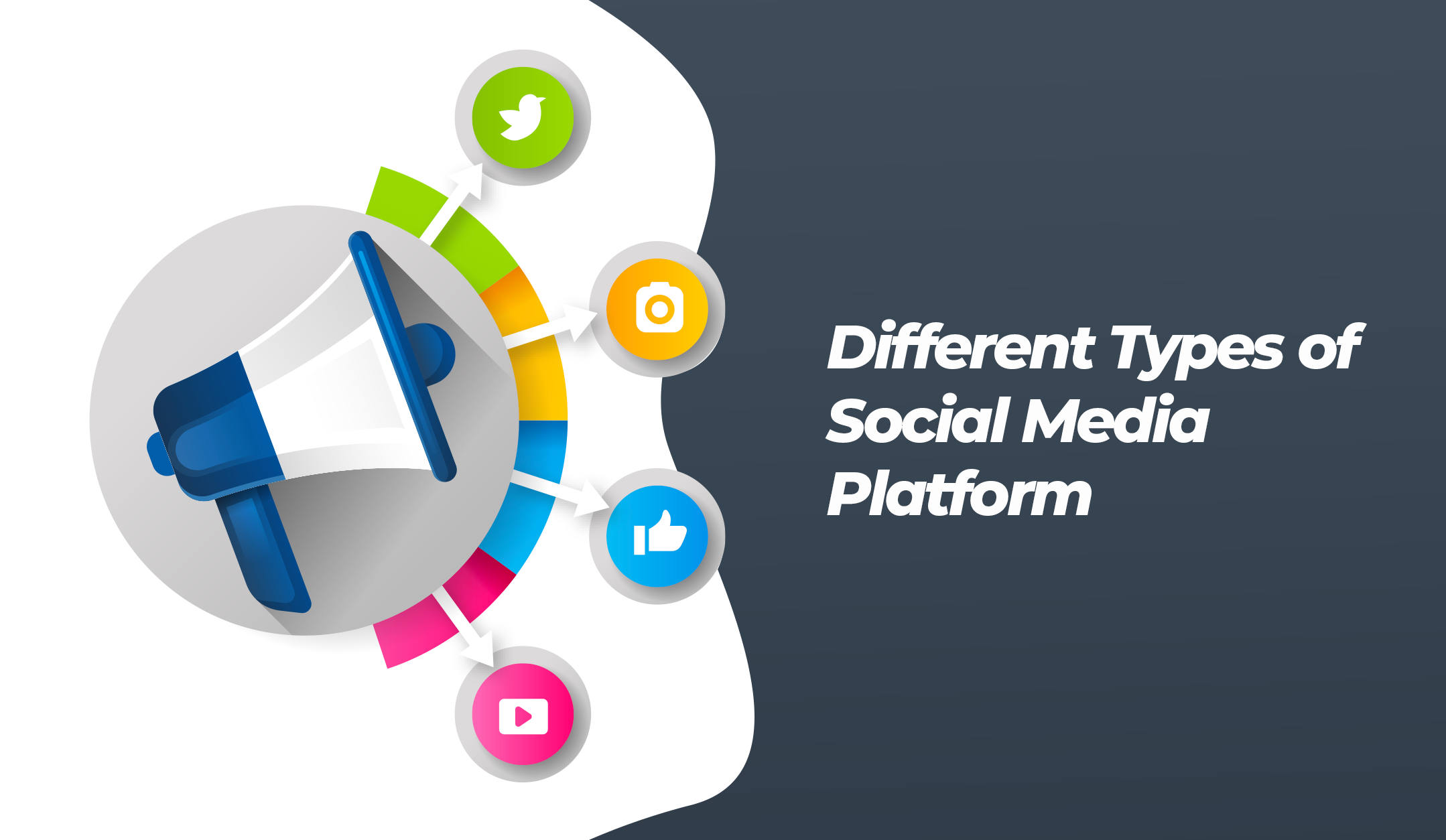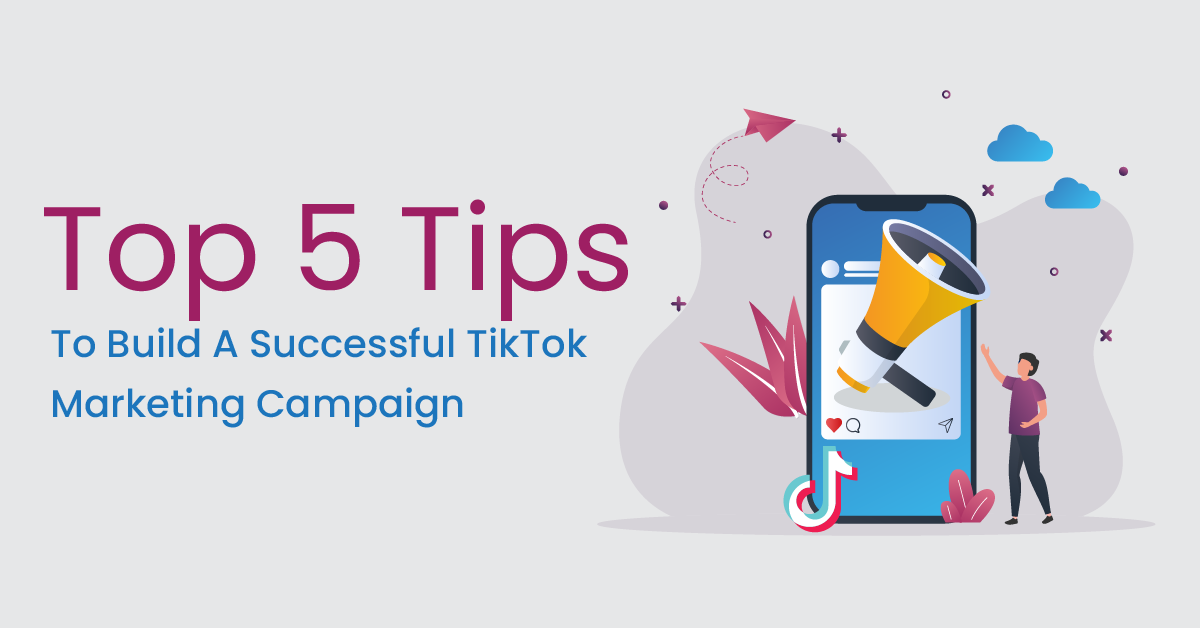
FOMO marketing relies on creating a sense of FOMO. KFC, for example, offers a limited time combo meal, which consists of a large order of fries, three pieces of chicken, and soda. This deal is either only available through a few channels or is exclusive to the KFC mobile app. FOMO marketing messages should inspire urgency. They will convince customers to take advantage of the limited-time offer and make it exclusive.
Fear of missing something exciting
FOMO marketing is a popular way to promote new products or services. Fear of missing the opportunity (FOMO) can be a multidisciplinary concept that impacts our decision-making, behavior, and buying decisions. This article will discuss FOMO in eCommerce. Learn how brands can use this concept to influence consumer behavior. Combining FOMO tactics with sales can drive traffic and increase conversions.
FOMO marketing has one of its biggest problems. People feel compelled respond to offers that are not good enough. FOMO can make people more inclined to say yes to a promotion, even if they aren't a good fit. It can also lead you to making poor investments or making bad decisions. This could lead to financial bubbles.
Creating a sense of urgency
Scarcity is a great way to increase the feeling of urgency and drive sales. Scarcity is the fear that you will miss out. Take the last item at a shopping center. It's now even more appealing. Humans are wired to feel that things that are scarce and limited are more special. The scarcity of any offer will increase a person's desire to own the item.

FOMO marketing is a well-known marketing technique that has been in use for many years. In today's fast-paced world, where attention spans are shorter and competition is fierce, urgency is key. Here are some ways to increase your open rates. Use the "Expiring" symbol to encourage consumers to click through your message. You should include any follow-up instructions, if you can. Countdown timesrs are a great tool to create urgency.
FOMO can be caused by social media
If you're anything like most people you use social media to check out other people's activities. Using social media to trigger FOMO is a common and very real feeling. Because we feel that we're missing something essential, it can lead to feelings of guilt and shame. FOMO can be triggered by social media, which isn't a new phenomenon. However, it has become more apparent with the advent of social networking and the internet.
FOMO is a real problem. Over 60% of millennials are affected by it and over half make impulsive purchase decisions as a result. 33% of FOMO-prone people also intentionally share their thoughts with others. Despite its growing importance, it is clear why social media is causing this condition. People with this condition are unable to go even one day without checking social media.
To encourage FOMO, use exit-intent Popups
You can increase conversions by using exit-intent Popups. This creates fear of missing the opportunity and gives people a feeling FOMO. The best popups have minimal text and easy-to-read fonts. They also use contrasting colors and call-to action. If you want to increase engagement even more, add images or graphics. In this example, we're going to discuss how a free shipping offer can entice users to buy. This can help you recover upto 44 percent of abandoned carts.

Contests are another way to encourage FOMO. Customers can share their photos and videos by offering discounts, freebies or customized offers. Enticing customers to upload images of their favorite products to social media channels can be a great way encourage UGC. Use the hashtag to offer freebies and discounts.
FAQ
How does content marketing work?
Content Marketing works because you produce valuable, engaging content that provides value.
If you give your audience useful information, solve problems or entertain them, you can build relationships. Positive messages from trusted brands are more popular than negative ones.
People enjoy reading things that interest them. If you write interesting content, readers will continue to return for more.
Your content must inspire people to take action. This could be buying your product, signing-up for your newsletter or visiting your website.
Content marketing should be engaging and informative.
What is the best content marketing platform?
There are many options available today. Each one comes with its pros and con. Here are a few popular options:
-
WordPress - It's easy to setup and maintain. A great community of users.
-
Wix – It's easier than WordPress to setup and maintain. You do not need to have any technical knowledge.
-
Squarespace – The best option for those who already own a website.
-
Blogger - Free blog service
-
Medium – A place for writers and artists to share their work.
-
Instagram - An image-based social media platform.
-
LinkedIn - An online networking tool.
-
Facebook - A social network.
-
YouTube – Video sharing platform.
-
Pinterest - Image-based platform.
-
Google Analytics: Track visitor behavior.
-
Hubspot - Email marketing software.
-
MailChimp: Email marketing software.
How do you make good content?
A good piece of content should be informative, helpful, and easy to share. The best content includes a call to action. For example, a button or link that allows users to sign up for a free trial or read more about a product or buy something from your website. You should also include visuals in your content to make it easy to share across all media.
What is the ROI of a Content Marketing Strategy for me?
The average return on investment (ROI) for businesses that implement a Content Marketing Strategy is between 5x and 10x higher than for businesses that don't.
A Content Marketing Strategy is designed for sales and leads generation.
It can also provide valuable insight into your company. These insights enable you to make better decisions and improve customer service.
If you are curious about how much money you can make with a Content Marketing Strategy, I have the answer:
Your overall revenue can easily be doubled
How does Content Marketing work
You know what someone is searching for when they visit your site. It's great if they find exactly what they want. If they don't, they'll move on to the next provider. With content marketing, you create useful and helpful information that answers questions, solves problems, and provides value. This content can be used across all platforms (social media and email). You can use this content across all platforms (social media, email, etc.) so that people always have access.
Statistics
- Companies that use content marketing see approximately 30% higher growth rates than businesses not using it. (mailchimp.com)
- Seventy-two percent business to business (B2B) (mailchimp.com)
- According to research compiled by Coschedule: Companies that publish 16+ blog posts a month get as much as 3.5x as much traffic as those that publish 0-4 posts a month. (criteo.com)
- An example of an overarching goal could be: "In 2022, we want to achieve a 20% increase in revenue created by organic content and generate 15,000 MQLs with a budget of $30,000." (semrush.com)
- Out of the 1,500 marketers we surveyed for our State of Content Marketing report, 78% who felt their content marketing strategy was exceptionally effective in 2021 had documented their strategy. (semrush.com)
- This marketing strategy landed Ford a 15.4% conversion rate. (neilpatel.com)
- Progress indicators (0–100%) allow each team member to see how attainable each goal is and understand what remains to be accomplished. (semrush.com)
- Measure your goals with a progress indicator of 0-100%. Make your goals collaborative and transparent (semrush.com)
External Links
How To
Informationgraphic creation tips for content marketing
Infographics can be a great way to simplify complex concepts and make it easy to understand. You should use infographics to spread the message about content marketing.
For creating an infographic you'll need software such as Adobe Illustrator and Photoshop. These programs can be used to create different shapes and elements that represent your data. Then, you can add colors and fonts to make it look great. Once you have your design ready, upload images from Unsplash or Pixabay to add to it.
Looking at other infographics online can help you get ideas. If you want to show calories in certain foods, then you can take a picture or diagram of a food pyramid, and add pictures of the foods. Or, you might choose to look up how much sugar is in soda pop and change that number to a picture of a bottle of Coke.
Once you have created your infographic it is possible to share it via social media channels like Facebook, Twitter and Google+. This will make it easier for people who don't know the concept to get familiar with it. If you decide to post your infographic on social media platforms, include hashtags so others can see what you're talking about. You can use hashtags to allow others to follow your conversations about specific topics.
Make your infographics shorter than normal if you are creating them. An average blog post can range from 2000 to 5000 word, while an informationgraphic needs only 500 to 1000 words. This means you can easily convey more information with less space.
Keep in mind that viewers may have difficulty reading small fonts when creating your infographic. Make sure you use large enough fonts and don't rely too heavily on color for your graphics. Make sure all text is legible.
Here are some more tips
-
Choose an Infographic Template. You can find many templates online or in printed formats. Canva, Piktochart or Google Slides are three of the most well-known templates.
-
Create your Infographic. You can use the template to create your infographic. You can use any kind of media that you feel is appropriate for your audience. For example, creating an infographic about the best places to eat in Seattle might choose photos of local restaurants.
-
Add Text. Add text to your infographic once you have it created. You can use Microsoft Word, PowerPoint or Canva to add text.
-
Add images. Add images to your infographic. These can be pictures, charts, graphs, or icons. Make sure the picture is relevant to your topic before you add it.
-
Make It Interactive. Interactive elements like buttons, maps and links can be added to your website. This will allow you to engage your audience.
-
Share. Share your infographic when you are done.
-
Measure. Do you know how well your infographic performed? Did people click through? Did they sign-up for your email address? Was your infographic received well by them?
-
Improve. Do you have any suggestions for improving your infographics? What could you do better next year?
-
Repeat. Do this again!